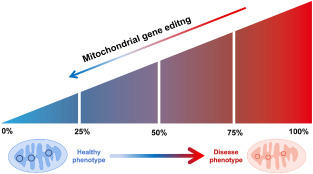
Mitochondrial DNA editing: Key to the treatment of neurodegenerative diseases


Neuronal death is associated with mitochondrial dysfunction caused by mutations in mitochondrial DNA. Mitochondrial DNA becomes damaged when processes such as replication, repair, and nucleotide synthesis are compromised. This extensive accumulation of damaged mitochondrial DNA subsequently disrupts the normal function of mitochondria, leading to aging, degeneration, or even death of neurons. Mitochondrial dysfunction stands as a pivotal factor in the development of neurodegenerative diseases, including Parkinson's disease, Alzheimer's disease, Huntington's disease, and amyotrophic lateral sclerosis. Recognizing the intricate nature of their pathogenesis, there is an urgent need for more effective therapeutic interventions. In recent years, mitochondrial DNA editing tools such as zinc finger nucleases, double-stranded DNA deaminase toxin A-derived cytosine base editors, and transcription activator-like effector ligand deaminases have emerged. Their emergence will revolutionize the research and treatment of mitochondrial diseases. In this review, we summarize the advancements in mitochondrial base editing technology and anticipate its utilization in neurodegenerative diseases, offering insights that may inform preventive strategies and therapeutic interventions for disease phenotypes.
